
 By Victor Duda
By Victor Duda
This allows the Armed Forces of the Russian Federation to run hundreds of drones overnight, creating a tremendous load on Ukrainian air defense, CNN reports with reference to Western analysts. The frequency of massive attacks has also changed: if they occurred once a month, now about every eight days. CSIS specialist Yasir Atalan claims that Shahanedi accuracy increased from less than 10% in 2024 to almost 20% in the spring of 2025.
Although individual drones often do not reach the goal, the overall effect of their application is the moral pressure on the population and the replacement of the Ukrainian air defense system. Ukraine, in turn, corresponds to the drones of long-range drones on Russian infrastructure and actively uses FPV-non-Front.
In this way, both warring parties are actively introducing innovations in the field of unmanned systems - new technologies for UAV attacks have emerged, counteraction to appear for several weeks.
"Currently, both Ukraine and Russia are working on the creation of UAVs based on artificial intelligence, which can independently make decisions on the battlefield, as well as to create drones-interceptors, which can be deployed as a cheaper method of counteracting air attacks than launching missiles," Western experts said. Russia uses various FPV unmanned aerial vehicles on an average of 15 km in front of flight.
These drones can carry a small explosive, including ammunition capable of destroying armored vehicles or shelters. But large ShahED drones are most commonly used for attacks on settlements and infrastructure outside the battlefield. The SHAHED-136 Iranian development drones were adapted by Russia, which now produces UAV "Geran-2" at its secret drones production plant in Elabuz (a special economic zone of Alabuga).
According to the Ukrainian Intelligence Service, by the end of 2025, Russia plans to increase production capacity to 200 Shahd drones per day. Russia has also started producing a newer version of Shahaneda with a jet engine. This drone can fly much faster than "Geran-2", which complicates its interception. However, the heat emitted by the jet engine makes the device vulnerable to the lesion of advanced air defense systems. These systems are launched as follows.
A small rocket accelerator helps with the initial push and disconnects after take -off. Then the piston engine takes over the control of the rest of the flight. The drone flight trajectory is usually pre -programmed to attack a pre -defined goal. As soon as he reaches his goal, he dives and strikes. The Armed Forces have a wide arsenal of enemy drones, CNN explained.
These include mobile fire groups, armed MAPs and small arms, various electronic wrestling, drones-interceptors, as well as anti-aircraft missile complexes of different range. However, the latter is not the most cost -effective measure against drones due to the value of the drone and anti -aircraft missile (Patriot interceptor costs over $ 3 million). The experience of Ukraine and Russia is a lesson for armies around the world.


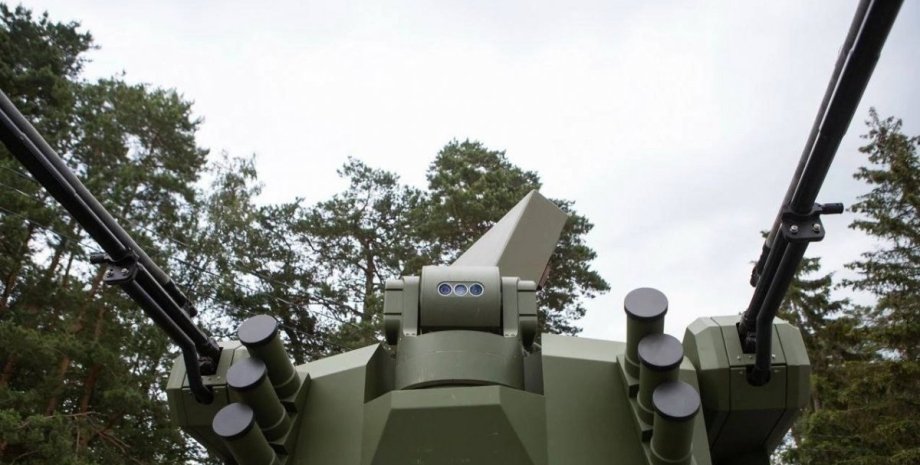
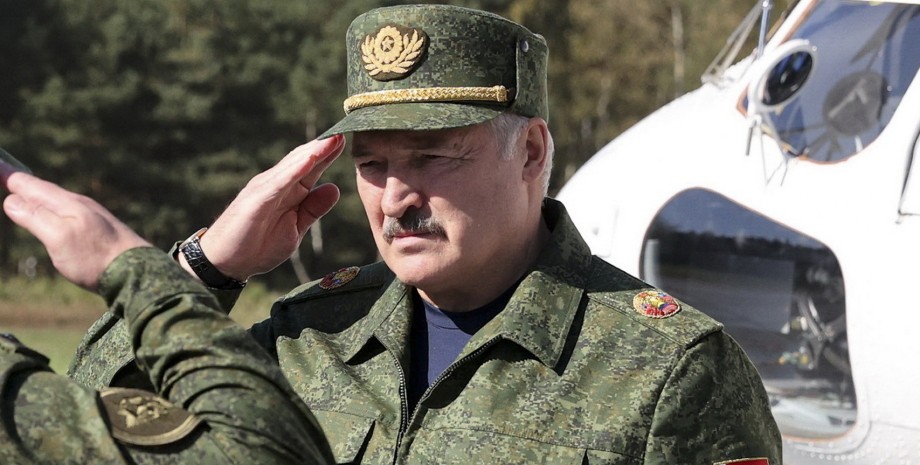
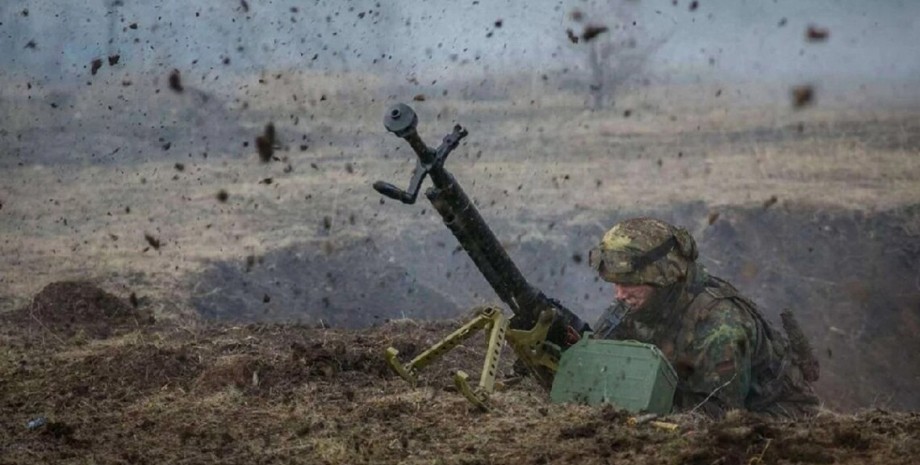

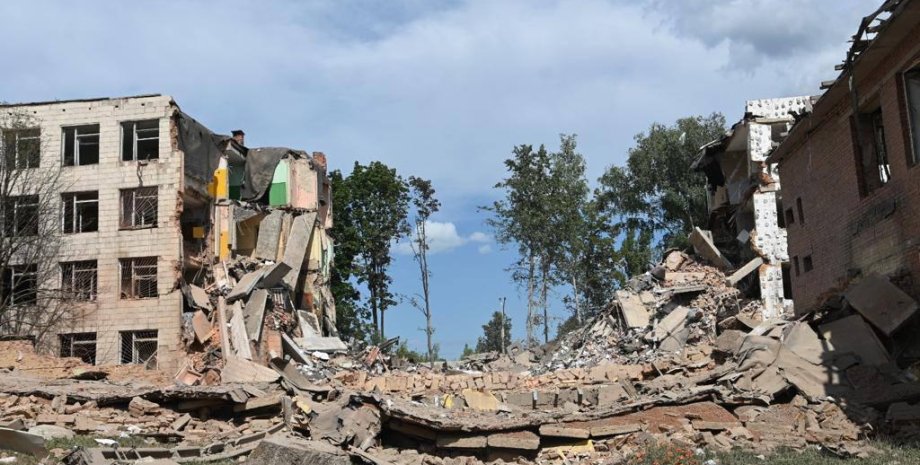
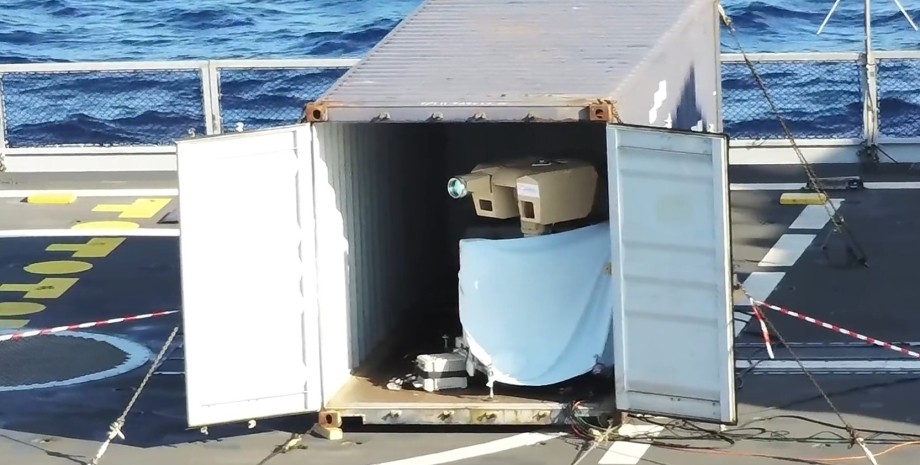

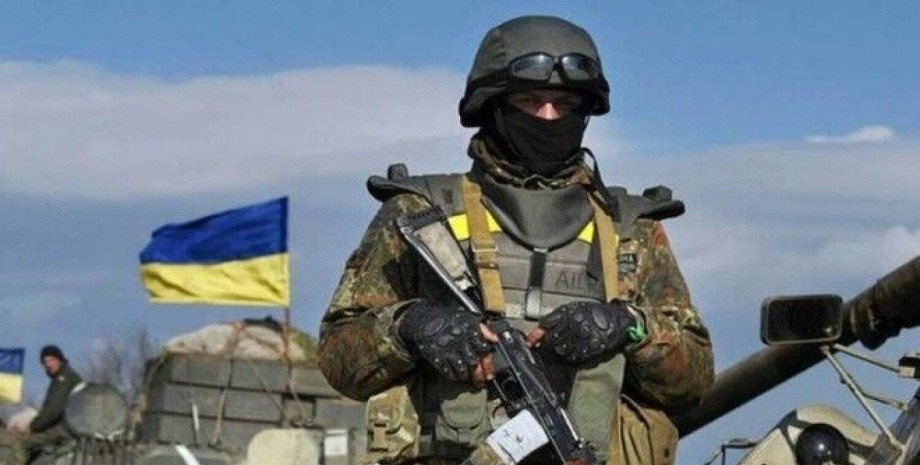
All rights reserved IN-Ukraine.info - 2022